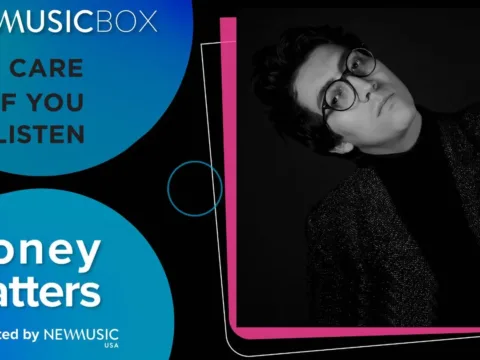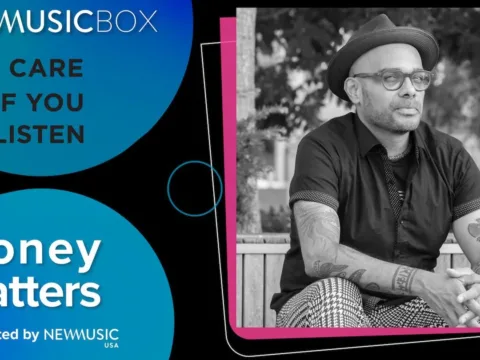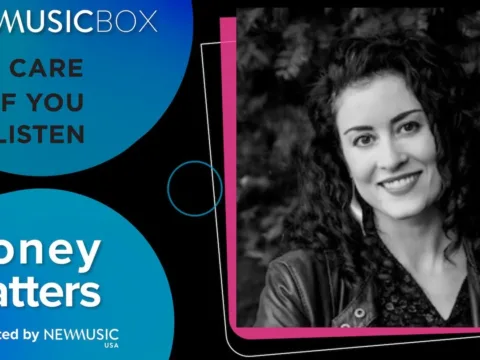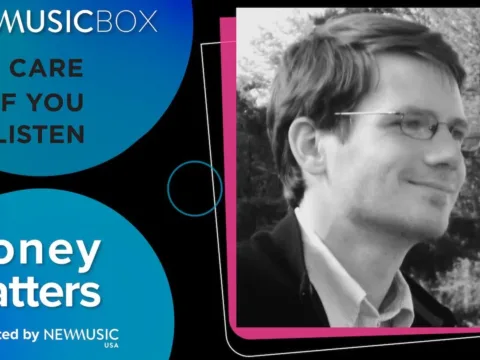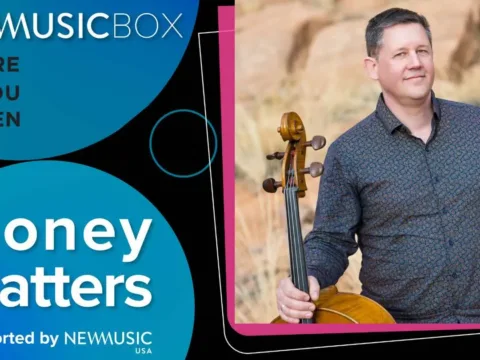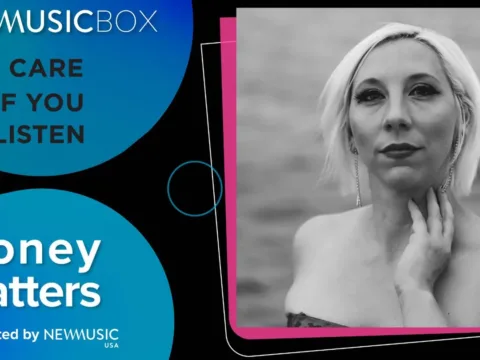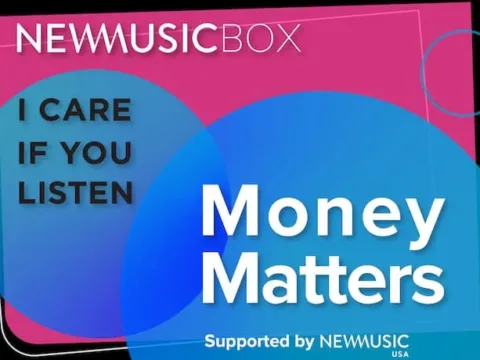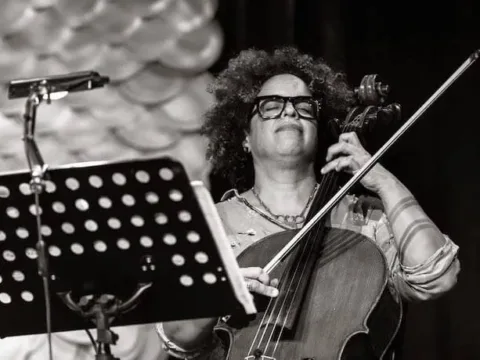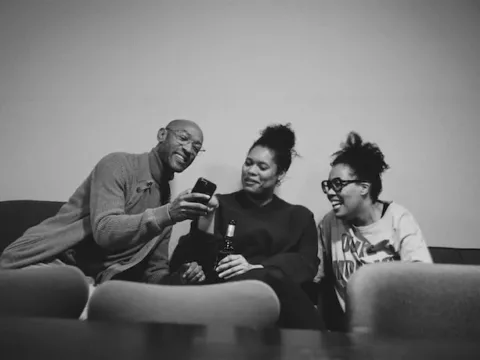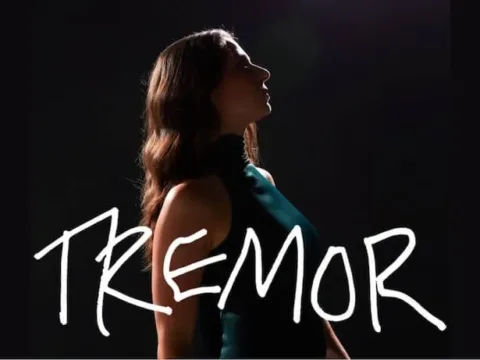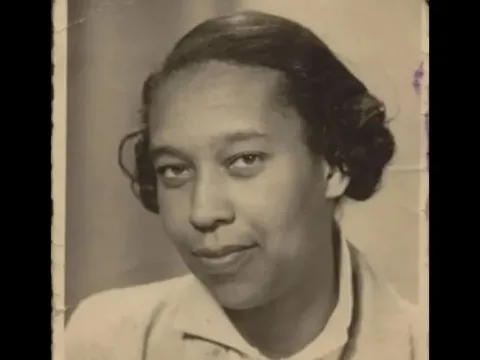For many musicians, it can be intimidating to figure out how to use digital platforms in ways that benefit them both as artists and as, essentially, business owners who want to grow their network and reach. From questions about what content performs best to the ever-changing algorithm, establishing an authentic online presence can be daunting. How can you share your artistic process and career updates consistently, efficiently, and effectively – and in meaningful and impactful ways?
In our work as artist managers and publicists, we help artists answer these questions every day as we partner with them to amplify their creative visions. Here, we’re happy to offer some of our most common advice to artists as they navigate digital spaces.
Defining Your Core Values
When planning or revisiting your digital presence, including social media, we suggest first looking inward and identifying your core values as an individual and an artist. Core values are the ideals that guide your decisions, attitudes, and relationships – authenticity, kindness, creativity, integrity, balance, and transparency might all be examples.
You may already have a good idea of what your core values are; a dedicated conversation within your ensemble or team, or a focused journaling session might be all you need to clearly define these qualities for yourself. But if this concept is new to you, you can start by reading this excellent essay on the topic by professional career coach Astrid Baumgardner, and spend some time with her Values Assessment linked in the article.
Once you’ve determined your three to five highest-ranked core values, consider how these values have guided your direction as an artist. Are you an artist who values innovation and originality, who is most fulfilled by creating new multimedia or multi-genre productions? Do you thrive on collaboration and a shared creative practice? Or do you value introspection and solitude, diving into your own inner landscape?

As you take time to learn more about the values that motivate you, you will develop clarity around the qualities of your work you want to organically showcase, and the tone with which you want to imbue your public presence. For example, if you’re an artist that values community and collaboration, it will feel natural to highlight the people who are part of your artistic world in the content that you share. If you’re someone who values teaching, it might feel authentic to share practice tips or the work you do with students. If you value transparency and creativity, you might feel comfortable sharing your in-progress work as it is developed.
Action item: Identify three types of content that feel good to share, and see if you can determine which of your core values align with that content. Conversely, identify some types of content you would never feel comfortable sharing, and see if you can tell what core values are in conflict.
Identifying Your Core Audiences
After you strengthen your compass and are sure of what you want to give voice to online, it’s time to turn outward and think about your core audiences or constituencies. What groups of people are you most interested in reaching online? Are they other musicians, potential donors, presenters or industry leaders, current or potential students, or audience members in specific cities?
Start with your top three audiences, and try to imagine their qualities – personify them to give them depth, and consider what they are seeking and what needs they are looking to fill. Are you trying to reach people who might present you or your work? Think about what a presenter might need – for example, samples of your performances and an understanding of who you are as an artist. Or maybe you’re focused on reaching listeners who will stream your recordings. Think about what might draw people in and keep them returning to your music – for example, a curated Spotify playlist that features your music and other artists you recommend, which you regularly update and share on your social media platforms.
Action item: Brainstorm a list of potential core audiences, and choose your top three. Think about the needs of each of these audiences, and list them. For each audience, attempt to match what they are seeking with your core values.
Developing Your Content Pillars
The areas of overlap between your core values and core audiences will become your content pillars, or topics that you return to and consistently illustrate via your online presence. Content pillars are supported by your artistic assets, which could include photos, videos, recordings, or written materials. As you make a plan to capture or create these assets, you can also think about which digital platforms will be best suited to sharing them, including things like different social media apps, websites, e-newsletters, or streaming services. We always advise artists to intentionally choose a few platforms that you know you will engage with frequently, which is more fruitful than trying to be present on every platform.
Another consideration for platform choice is where your selected audiences already are – if you’ve identified potential donors or supporters as your top priority audience, you probably don’t need to invest in maintaining a presence on TikTok, since the younger demographic for that platform isn’t a match. You likely already have an idea about which platforms your core audiences use, but it can be helpful to review overall demographics for each platform like these statistics for 2024.

For example, if one of your core values is education, you may have identified one of your core audiences as prospective students. You might decide to create a series of longer-form videos addressing a variety of topics for students that you host on YouTube, a known home for educational or how-to videos. But given your chosen audience of potential students, you could consider using TikTok to cross promote your content and share shorter, snappier snippets to reach that younger demographic.
If two of your core values are creativity and communication, and one of your core audiences is your donor community, you may decide to start a regular email newsletter that gives insight into your creative process, with a personal look at your work and your sources of inspiration. You might host these updates on your website as well, for further reach, and share them in installments as posts on social media.
Action item: Using your lists of core audiences and core values, identify two or three digital platforms that will directly support your artistic goals. Consider how your approach to each of these digital platforms will differ or overlap. This will help you remain true to your core values while optimizing the purpose of your digital presence.
Building a Content Calendar
After identifying your content pillars and brainstorming potential assets, it is time to get organized using a content calendar. A content calendar simply outlines the what, when, and where of your posts or other content-sharing activities (such as email newsletters or news updates on your website). We use a simple spreadsheet to track our posts, based on this template, but there are numerous options out there.
Try to plan one month’s worth of content at a time, not only in terms of when you will be posting, but when and where you will be capturing or creating assets. For example, if you have an upcoming recording session, remember to snap a few photos, record some videos, and document the process. These assets will help supplement your monthly content plans, whether they be blog posts, social media, or newsletters.
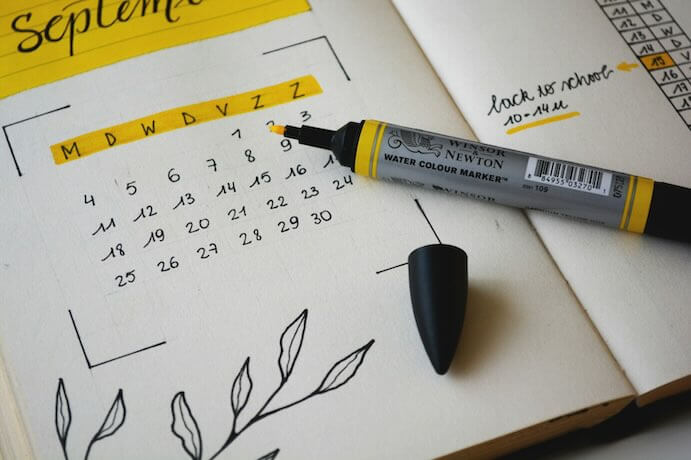
Treat capturing and planning content like any other item on your to-do list, rather than an optional or spontaneous activity. This shouldn’t be an arduous process that you dread each month; if you’re creating content that is reflective of you and your core values, much of it will come naturally. For example, if you’re hoping to reach potential presenters, you may plan to capture photos or videos from your performances or highlight future events where audiences can hear you live.
Action item: Try planning one month of content in your calendar. Think about recurring posts that can be repeated from month to month – concert graphics, lecture videos, or newsletters are all potential options. Then, fill in the gaps with upcoming engagements, events, or personal moments that can help reflect and bolster your core values.
Sharing and Engaging on Social Media
Once you’ve customized your content calendar to best suit your needs, it’s time to dive into the minutiae of online posting. This may pose daunting questions such as: How many posts should I plan to publish per week? Is there a definitive time of day to post? Is a third-party scheduling platform useful? How active should I be on the account? In all of these cases, the answers will vary depending on your online presence.
While it may be tempting to post multiple times a day, every day on social media, this will likely lead to fatigue for both you and your audience. Instead, we find that posting consistently a few times per week is better than posting sporadically. Though every social media algorithm is different, consistency is favored in all of them and will ultimately help you rank higher in your audience’s feed. Additionally, creating consistent expectations from week to week will lead to higher engagement with your audience over the long term.
We find that the best time to post is when you have quality content to share. However, if you’re wondering if there are certain times of the week that will maximize your engagement, this article from Sprout Social is a good place to start. For a more personal approach, you can also access your account analytics to understand when your audience is most active.

Similarly, you may also wonder whether there is an advantage to using a third-party platform like Sprout or Hootsuite to schedule content, or whether posting natively to a platform is more analytically beneficial. Though it may seem like platforms would favor native content, Agorapulse found that there is no significant difference in engagement when using third-party scheduling apps. That being said, scheduling apps may not fully integrate native app features like tagging, collaborative posting, or mentions, which can lead to lower engagement over time.
As you start to become more comfortable with social media, you can also start liking, commenting on, and following other user’s content. Think of this as a way to organically build an audience and to sustain connections with other artists and organizations. As your account grows, you can also begin to monitor your tags and mentions, sharing relevant content to your feed via stories and posts. One great way to expand your digital audience when working with another artist or organization is by utilizing collaborative posts. This allows multiple accounts to co-author the same post, sharing it across all of the co-authors’ feeds and introducing each account to new audiences.
Action item: Spend some time on each app and become familiar with the unique features and the online etiquette of your chosen platform by interacting with relevant content. When you are comfortable with your chosen platform, test out different workflows for scheduling and posting your content.
All things considered, we advocate for a digital approach that is sustainable for you over time. Ultimately, your online presence should be reflective of you. By aligning your digital presence with your core values and core audiences, you can both simplify and maximize your online outreach. With this focus, what you share online can be an organic extension of your work and an authentic expression of what motivates and inspires you.
This article is part of ACF’s digital media expansion to empower artists, made possible by funding from the John S. and James L. Knight Foundation. Learn more at kf.org and follow @knightfdn on social media.
I CARE IF YOU LISTEN is an editorially-independent program of the American Composers Forum, and is made possible thanks to generous donor and institutional support. Opinions expressed are solely those of the author and may not represent the views of ICIYL or ACF.
You can support the work of ICIYL with a tax-deductible gift to ACF. For more on ACF, visit the “At ACF” section or composersforum.org.




